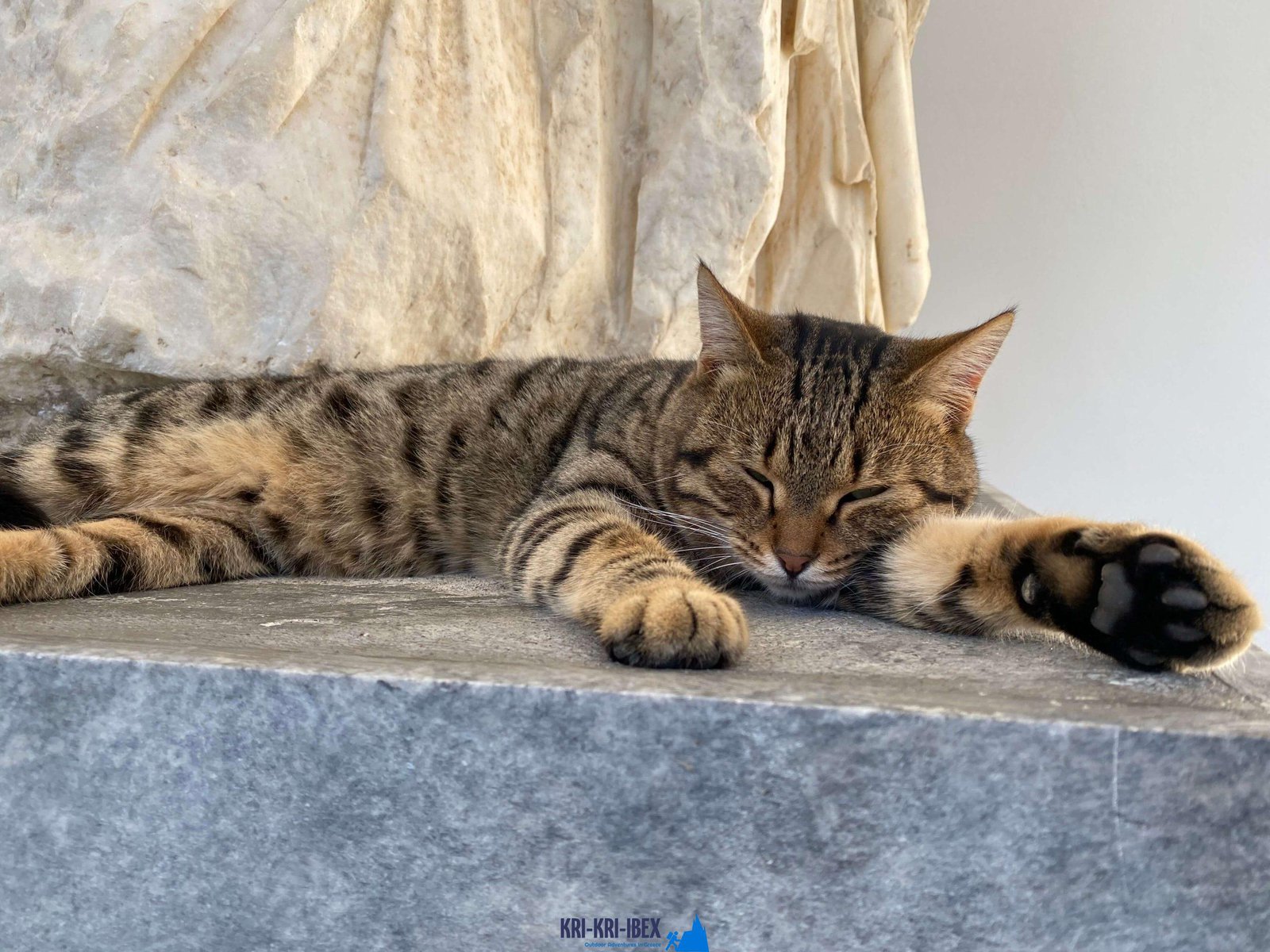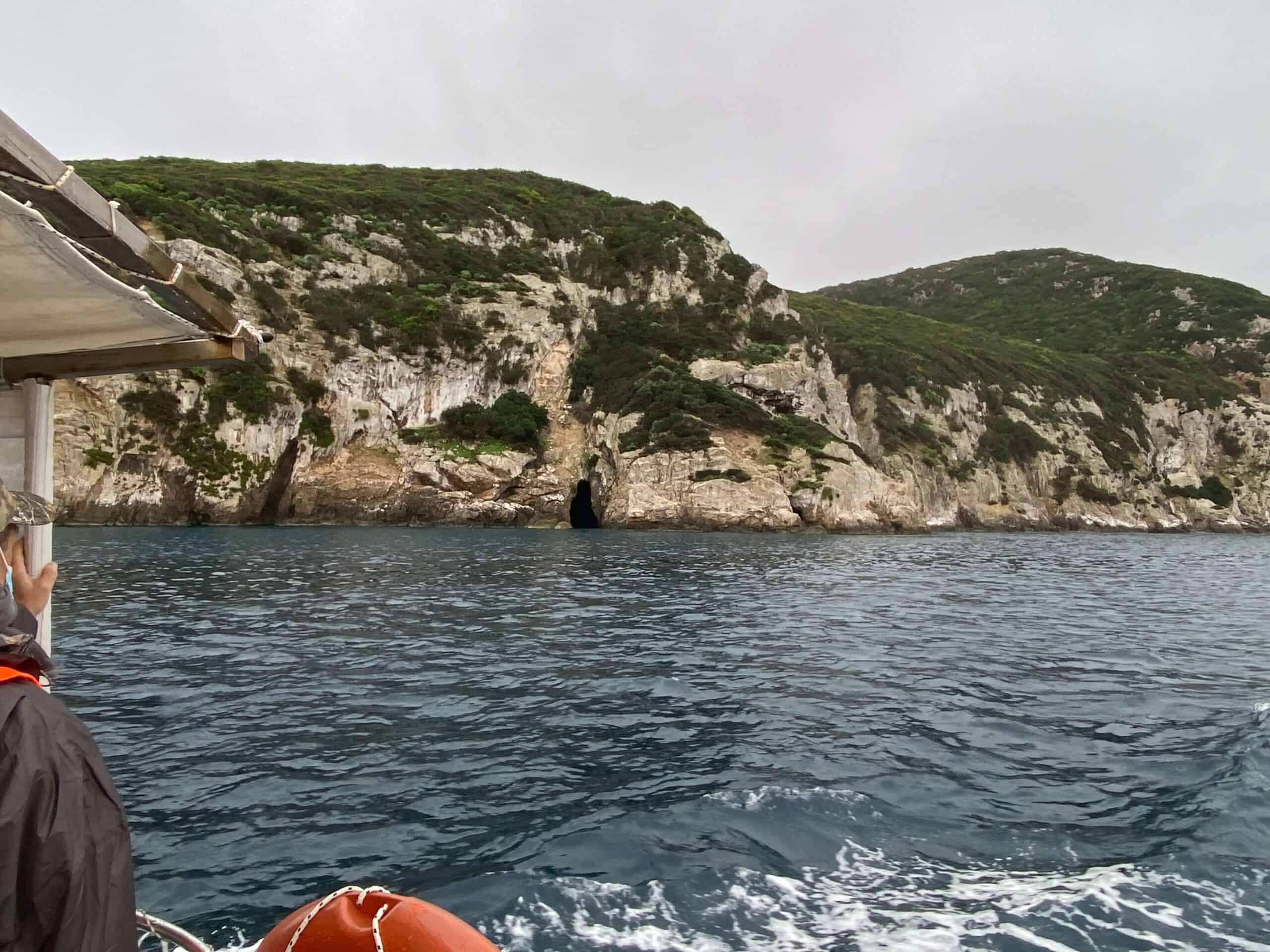A journey you will never forget! Kri Kri ibex searching in Greece.

This ibex quest is different from those experienced by most seekers! It's a wonderful holiday as well as hunting journey at one time when hunting for Kri Kri ibex in Greece. A five-day exploration diving for shipwrecks and spearfishing entails hunting for Kri Kri ibex on an unique island. What else would you such as?

This Ibex is not a little Capra aegagrus bezoar ibex, which has actually migrated to the western extremity of this types' array. The kri-kri (Capra aegagrus cretica), also known as the Cretan goat, Agrimi, or Cretan ibex, is a feral goat living in the Eastern Mediterranean. The kri-kri has a light brownish coat with a darker neck collar. Two sweeping horns project from the head. During the day, they hide to prevent vacationers. In nature, the kri-kri can jump or climb up apparently sheer cliffs.
Our outside searching, fishing, and cost-free diving tours are the ideal method to see every little thing that Peloponnese has to provide. These excursions are designed for tourists that intend to get off the beaten path and actually experience all that this unbelievable region has to supply. You'll reach go searching in several of one of the most beautiful wilderness areas in Greece, fish in crystal-clear waters for a variety of various types, and totally free dive in a few of one of the most spectacular coastline in the Mediterranean. As well as best of all, our experienced overviews will be there with you every action of the means to make sure that you have a safe as well as enjoyable experience.
If you're trying to find an authentic Greek experience, after that look no further than our outside hunting in Greece with fishing, and free diving tours of Peloponnese. This is an extraordinary method to see whatever that this incredible area needs to provide. Reserve your excursion today!
What is the diference between Kri Kri ibex, Bezoar ibex and hybrid ibex
The kri-kri is not thought to be indigenous to Crete, most likely having been imported to the island during the time of the Minoan civilization. Nevertheless, it is found nowhere else and is therefore endemic to Crete. It was common throughout the Aegean but the peaks of the 8,000 ft (2,400 m) White Mountains of Western Crete are their last strongholds–particularly a series of almost vertical 3,000 ft (900 m) cliffs called ‘the Untrodden’—at the head of the Samaria Gorge. This mountain range, which hosts another 14 endemic animal species, is protected as a UNESCO Biosphere Reserve. In total, their range extends to the White Mountains, the Samaria National Forest and the islets of Dia, Thodorou, and Agii Pandes.
This Ibex is NOT a diminutive form of the Bezoar Ibex, which has migrated into the western-most reach of the range of this species. The kri – kri (Capra aegagrus cretica), sometimes called the Cretan goat, Agrimi, or Cretan Ibex, is a feral goat inhabiting the Eastern Mediterranean, previously considered a subspecies of wild goat. The kri-kri has a light brownish coat with a darker band around its neck. It has two horns that sweep back from the head. In the wild they are shy and avoid tourists, resting during the day. The animal can leap some distance or climb seemingly sheer cliffs.
“The agrimi goat Capra aegagrus cretica is unique to Crete and its offshore islands. It has been identi®ed as a sub-species of the wild bezoar goat Capra aegagrus aegagrus Erxleben, 1777, which it closely resembles in horn shape, body form and coloration. This classi®cation has been disputed by some researchers who claim that the agrimi are feral goats, derived from early domestic stock brought to the island by the ®rst Neolithic settlers. In order to clarify this issue, DNA analyses (cytochrome b and D loop sequences) were carried out on tissue of live and skeletonized agrimi and compared to sequences of wild and domestic caprines. Results conclusively show the agrimi to be a feral animal, that clades with domestic goats (Capra hircus) rather than with wild Asiatic bezoar. This study demonstrates that morphometric criteria do not necessarily re¯ect genetic af®nities, and that the taxonomic classi®cation of agrimi should be revised.”